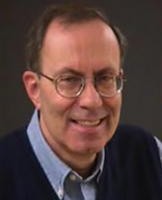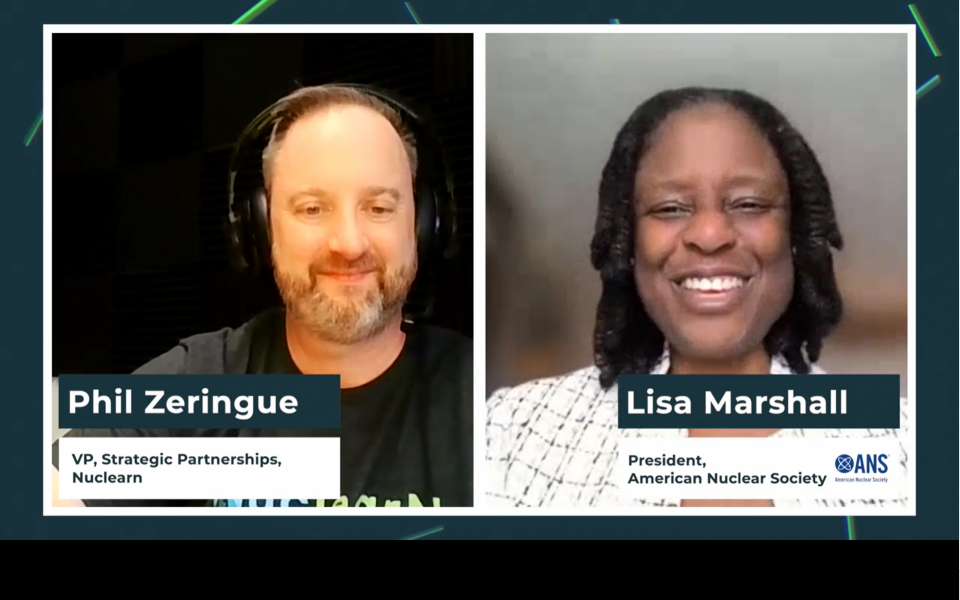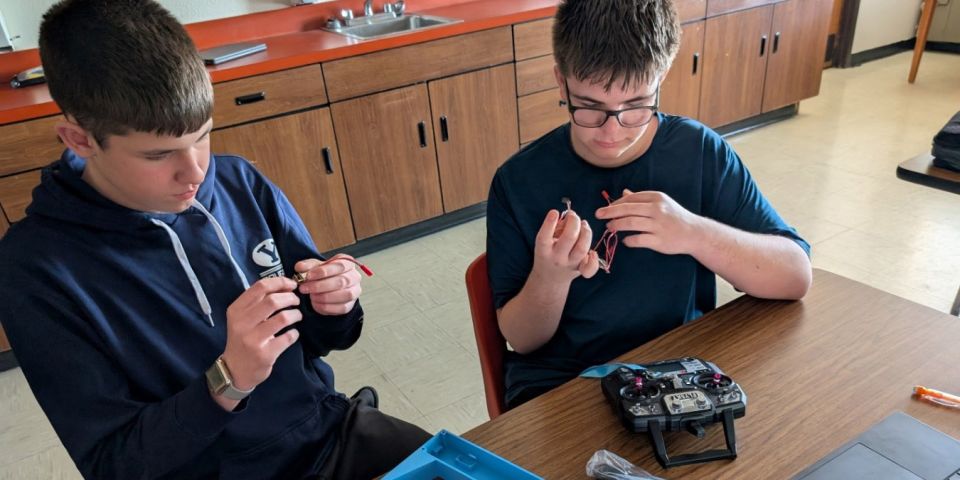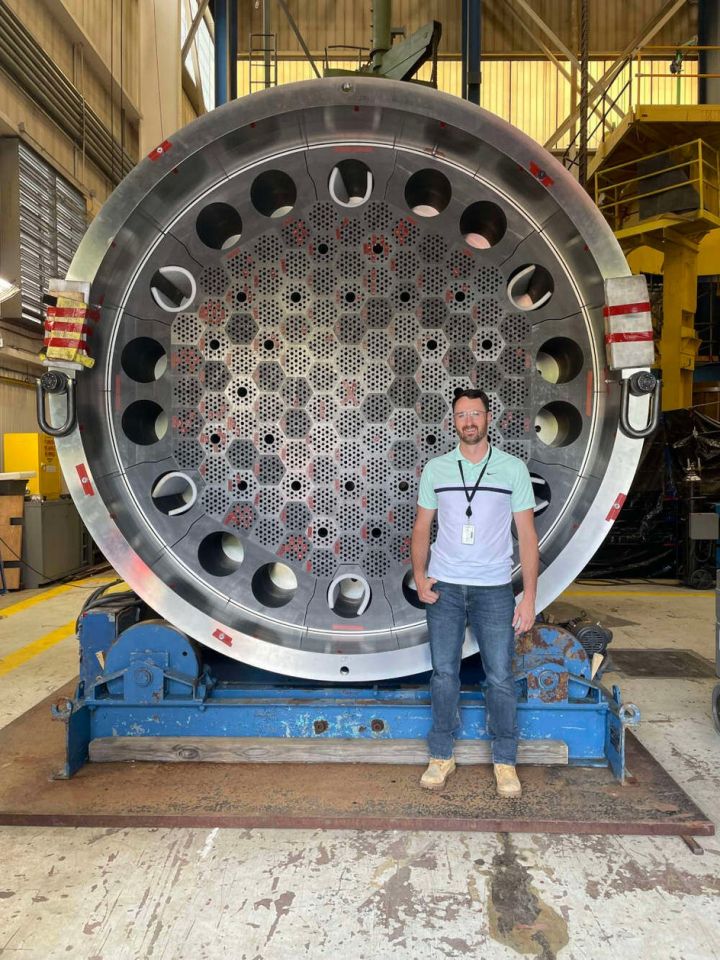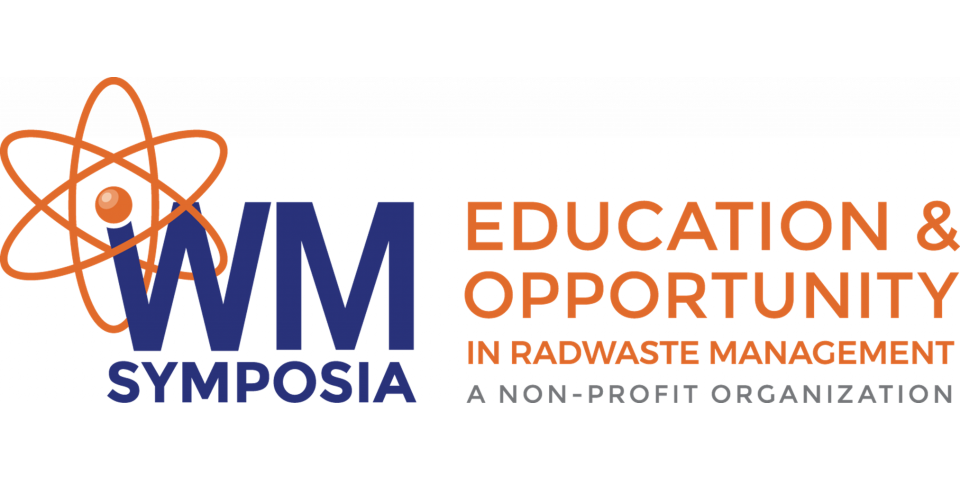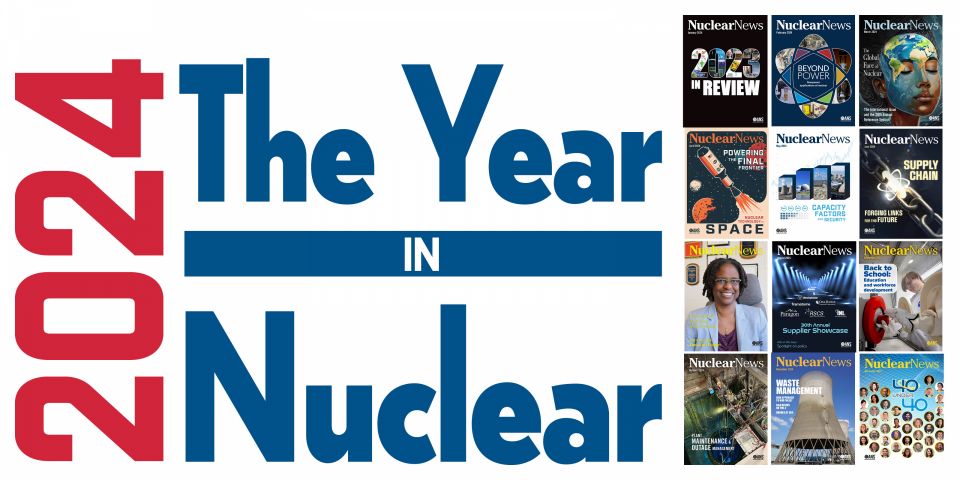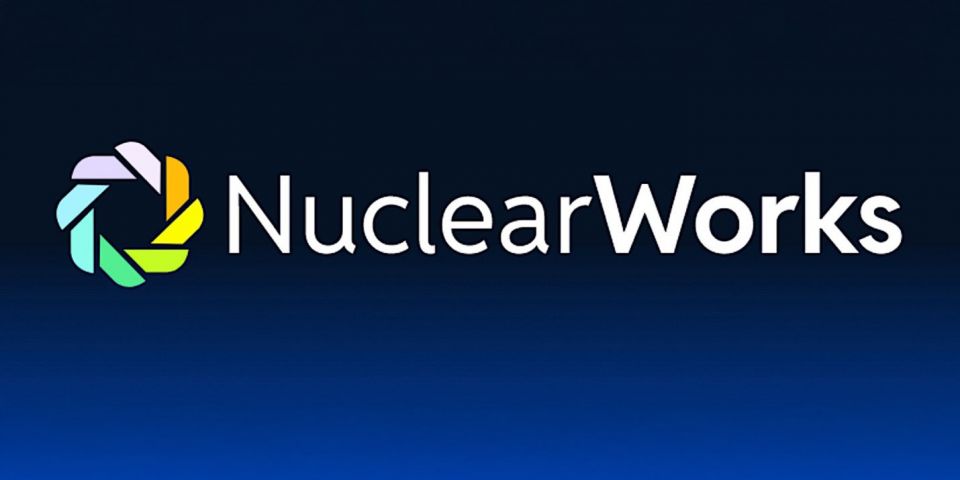Ohio looks to the future of its nuclear workforce
About 35 percent of current nuclear workers will retire in next five years. Where will the next generation come from?
Most people don't think of Ohio as a hotbed of nuclear energy activity, but a closer look reveals a different picture. The state is home for two nuclear reactors-the Perry plant, in the eastern edge of the state along Lake Erie, and to the west near Toledo sits the Davis-Besse plant, also on a lake-shore site. Both reactor power stations are owned and operated by FirstEnergy, with corporate offices in Akron.
Down south in Ohio at the Piketon site are USEC's uranium enrichment facilities, including a gaseous diffusion plant that is one of the biggest customers for the Tennessee Valley Authority's electricity. USEC is building a new $3.5-billion gas centrifuge plant nearby, and the Department of Energy just opened a uranium deconversion plant in the same area.
That's not all. Duke Energy and Areva have teamed up to develop plans for a $6-billion, 1600-MW EPR reactor for the Piketon area. A "suppliers day" held last year in the state brought out a record number of vendors that want to do business with the project. And there are plenty of firms located in Ohio that fabricate pumps, pipes, and parts for nuclear reactors.
Where will the workforce come from?
 So, where will the next generation of workforce for these projects in Ohio come from? According to a study by Detroit Edison, the owner of the Fermi II reactor near Detroit, 35 percent of the nuclear workforce in the nuclear industry will retire in the next five years and 26 percent will be gone by 2013. Overall, the industry estimates a shortfall of 2600 qualified candidates and a demand scenario of an expected 8000 openings.
So, where will the next generation of workforce for these projects in Ohio come from? According to a study by Detroit Edison, the owner of the Fermi II reactor near Detroit, 35 percent of the nuclear workforce in the nuclear industry will retire in the next five years and 26 percent will be gone by 2013. Overall, the industry estimates a shortfall of 2600 qualified candidates and a demand scenario of an expected 8000 openings.
In an effort to get a better sense of industry needs for skilled workers and engineers, a group of Ohio universities and community colleges met in Columbus, Ohio, on May 26 under the leadership of Richard Denning, of Ohio State University's nuclear engineering department. The day-long meeting started with presentations from the nuclear industry on workforce needs.
The key need of the nuclear industry is to replace the expected loss from retirement of workers. Key areas where new workers will be needed are in engineering, operations, and radiation protection. Special needs are in the areas of digital controls. The life cycle of digital products is as short as five years, which will require engineers and technicians to expect lifetime learning about new devices as part of the job.
Getting new engineers is a challenge. The supply of people with nuclear Navy experience is drying up because the military is offering better retention bonuses. That said, an engineer with a four-year degree can expect a starting salary in the mid-$60s and a fast track to achieving a senior reactor operator license. Utilities say they are now encouraging four-year degrees for SROs.
Getting the word out about the benefits and long-term stability of nuclear utility jobs requires some creativity by the industry. Being hired to work for a nuclear utility requires some changes by young people.
For instance, one utility speaker told the group that the importance of North American Young Generation in Nuclear is not always appreciated and that his firm will do more to work with the group. On the other hand, a community college faculty member with long experience in the world of nuclear utilities said that he teaches a session where he explains to students why they cannot wear flip flops or a tank top to work inside a nuclear plant.
Standards for graduation
 Community colleges are focused on delivering graduates who have gone through the Nuclear Energy Institute's Nuclear Uniform Curriculum Program (NUCP) ensures that associate degree programs are aligned with the needs of the nuclear power industry and are consistent with the standards for accredited utility training programs.
Community colleges are focused on delivering graduates who have gone through the Nuclear Energy Institute's Nuclear Uniform Curriculum Program (NUCP) ensures that associate degree programs are aligned with the needs of the nuclear power industry and are consistent with the standards for accredited utility training programs.
The core curriculum covers basic topics and also has specific tracks for specialists such as radiation protection, chemistry, and maintenance for mechanical and electrical systems, as well as for instrumentation and controls.
Soft skills are required in additional to technical expertise. These include an understanding of the market basis for the electric utility business, leadership and interpersonal skills, project management techniques and practices, and, above all, the ability to work well as a member of a team across technical disciplines.
Nuclear fabrication
 Nuclear fabrication vendors have different needs than utilities. They told the educators that sales and marketing requires deep technical understanding of how their products are used in nuclear plants. Current training challenges related to new products focus on safety requirements for these components.
Nuclear fabrication vendors have different needs than utilities. They told the educators that sales and marketing requires deep technical understanding of how their products are used in nuclear plants. Current training challenges related to new products focus on safety requirements for these components.
Vendors are facing a shortage of skilled crafts, especially in welding, and new graduates lack the ability to be productive right away. One vendor complained that new engineers do not know how to design for manufacturing with cost in mind. That's a skill that takes time, he said.
In response to these challenges, educators are using distance education to get class sizes up to numbers that make sense in terms of the cost of delivering highly specialized training. Another good thing about distance education is that some material is available 24/7, which fits in to the lifestyles of working students.
Richard Denning, who organized the meeting, summed it up in an e-mail to participants:
The workshop provided an excellent opportunity for the various educational institutions in Ohio to obtain a better understanding of the strengths and weaknesses of the different programs and to identify potential relationships that in the future could lead to greater collaboration.Educational institutions can play a strong role in public education, attracting strong domestic students to consider the nuclear industry and alleviating unjustified public concerns regarding the perceived hazards of radiation.
For additional information about the conference and to request the briefing slides, contact Richard Denning at Ohio State University.
----------
Dan Yurman published Idaho Samizdat, a blog about nuclear energy, and is a frequent contributor to ANS Nuclear Cafe



